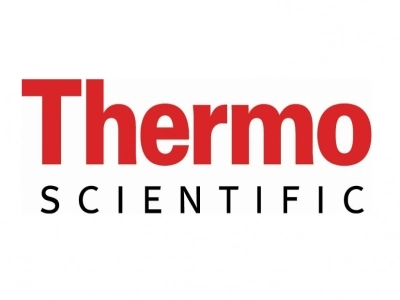Sequence (DNA Sequencing) is the process performed by automated DNA sequencing devices to determine the base sequence of the DNA molecule (adenine, guanine, cytosine and thymine). DNA sequence analysis has provided us with a lot of information about gene structure and genetic control mechanisms.
Why do we want to know the base sequence?
Molecular genetic studies, species identification, identification of related genes or gene fragments, identification of mutations, classification based on genetic information, occurrence and treatment processes of hereditary diseases are the main areas where sequence analysis results are used.
The most widely used sequence analysis technique is Sanger Sequencing. The basis of the method is based on the fact that DNA polymerase can also use dNTP (deoxyribonucleoside triphosphate) and ddNTP (dideoxyribonucleoside triphosphate) as substrates.
Sequence service; It can be done unidirectionally or bidirectionally.
Please contact us for detailed information.
Why do we want to know the base sequence?
Molecular genetic studies, species identification, identification of related genes or gene fragments, identification of mutations, classification based on genetic information, occurrence and treatment processes of hereditary diseases are the main areas where sequence analysis results are used.
The most widely used sequence analysis technique is Sanger Sequencing. The basis of the method is based on the fact that DNA polymerase can also use dNTP (deoxyribonucleoside triphosphate) and ddNTP (dideoxyribonucleoside triphosphate) as substrates.
Sequence service; It can be done unidirectionally or bidirectionally.
Please contact us for detailed information.



